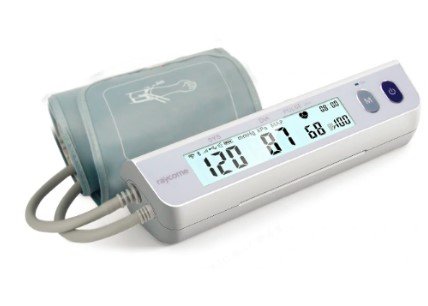Identification Techniques for Candida Albicans in Medical Labs in the United States
Summary
- Candida albicans is a common fungus found in the human body, but can cause infections when overgrown
- Medical labs in the United States use various techniques to accurately identify Candida albicans in culture samples
- These techniques include culture growth, biochemical tests, and molecular methods
Introduction
Candida albicans is a type of yeast that is normally found in the human body, particularly in the gastrointestinal tract, skin, and mucous membranes. While it is generally harmless under normal conditions, it can cause infections when it overgrows, leading to conditions such as oral thrush, vaginal yeast infections, and systemic candidiasis.
Identification of Candida albicans in Medical Labs
When a patient presents with symptoms that may be indicative of a Candida albicans infection, medical professionals will often collect samples for laboratory analysis. These samples can include swabs from the affected area, blood, urine, or other bodily fluids. Once these samples are collected, they are sent to the laboratory for testing to confirm the presence of Candida albicans.
Culture Growth
One of the primary methods used to identify Candida albicans in culture samples is through culture growth. In this technique, the sample is placed on specific growth media that are conducive to the growth of Candida albicans. The laboratory staff will then monitor the sample over a period of time to see if any yeast colonies develop. Candida albicans colonies will appear as creamy white or pinkish, smooth, and shiny colonies on the agar plate.
Biochemical Tests
In addition to culture growth, laboratory technicians may also perform biochemical tests to confirm the identity of Candida albicans. These tests involve exposing the isolated yeast colonies to specific chemicals or reagents and observing the reactions that occur. For example, Candida albicans is known to produce germ tubes when exposed to human serum, a characteristic that distinguishes it from other Candida species.
Molecular Methods
Advances in technology have led to the development of molecular methods for identifying Candida albicans in culture samples. These methods involve detecting specific genetic sequences or Biomarkers that are unique to Candida albicans. Polymerase chain reaction (PCR) is one such technique that is commonly used to amplify and detect these genetic markers, providing a more rapid and accurate diagnosis of Candida albicans infections.
Conclusion
Accurately identifying Candida albicans in culture samples is crucial for determining the appropriate treatment for patients with suspected fungal infections. By utilizing a combination of culture growth, biochemical tests, and molecular methods, medical labs in the United States can confidently confirm the presence of Candida albicans and provide timely and effective treatment to patients.

Disclaimer: The content provided on this blog is for informational purposes only, reflecting the personal opinions and insights of the author(s) on the topics. The information provided should not be used for diagnosing or treating a health problem or disease, and those seeking personal medical advice should consult with a licensed physician. Always seek the advice of your doctor or other qualified health provider regarding a medical condition. Never disregard professional medical advice or delay in seeking it because of something you have read on this website. If you think you may have a medical emergency, call 911 or go to the nearest emergency room immediately. No physician-patient relationship is created by this web site or its use. No contributors to this web site make any representations, express or implied, with respect to the information provided herein or to its use. While we strive to share accurate and up-to-date information, we cannot guarantee the completeness, reliability, or accuracy of the content. The blog may also include links to external websites and resources for the convenience of our readers. Please note that linking to other sites does not imply endorsement of their content, practices, or services by us. Readers should use their discretion and judgment while exploring any external links and resources mentioned on this blog.
